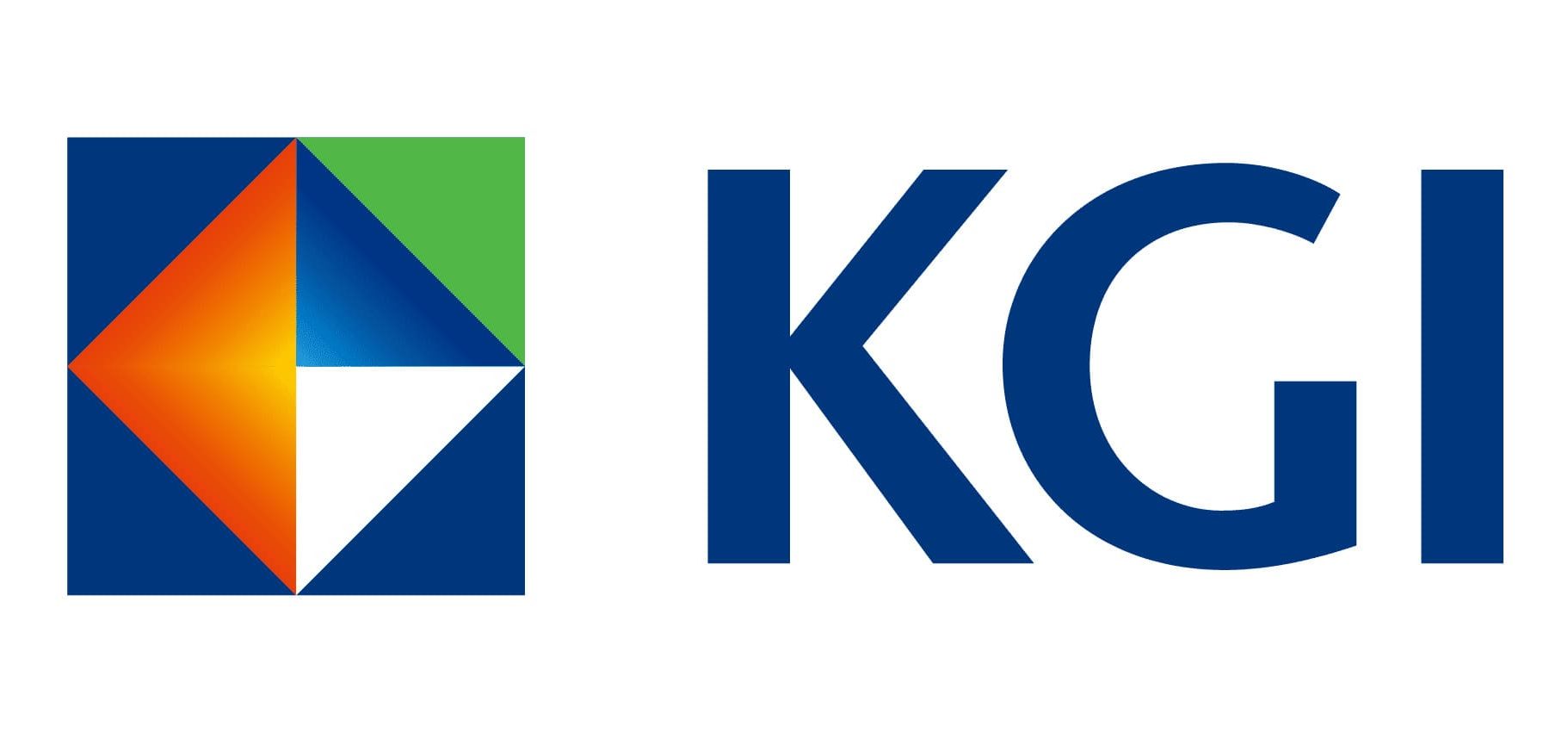Company Update: Sasseur REIT (SASSR SP/CRPU.SI)
Company Update: 29 March 2024
Scale back consumption in China.
- Amidst growing consumer caution towards domestic spending, outlet sales have witnessed a notable resurgence, benefiting from the prevailing trend of economizing on consumption in the country. Sasseur REIT’s flagship outlet, Chongqing Liangjiang outlet, achieved record-breaking full-year sales, surpassing its pre-COVID FY19 peak by 8.5%. Moreover, other outlets also experienced significant improvements in their sales figures for 4Q23 and FY23, driven by its adeptness at appealing to a broader consumer base through its combination of competitive pricing and high-quality offerings. Additionally, ongoing enhancements to its tenant mix also help attract diverse audiences, further bolstering portfolio sales performance.
Outstanding 4Q23 performance
Despite a 4.6% YoY decline in total distributable income per unit (DPU) to 6.249 Scts in FY23, the business performance showcased better-than-expected results in 4Q23. 4Q23 DPU rose 8.7% YoY to 1.415 Scts. Outlet sales in RMB rose by an impressive 84.6% YoY, with a consistent 16.2% MoM increase, driven by the outlets’ Red Festival and year-end promotions.
Maintain Outperform
We reiterate an OUTPERFORM rating on Sasseur with a downward revised target price of S$1.01 due to our expectation of continuing weak RMB against SGD in FY24, and the unfavourable foreign exchange rate outweighs its better-than-expected performance. Sasseur’s performance exceeded our expectations, demonstrating resilience against foreign exchange fluctuations. Potential upside catalysts include the acquisition of the Xi’an and Guiyang outlets.
Valuation & Action
We maintain our OUTPERFORM rating and a higher target price of S$1.05 on Sasseur, based on DDM, with an 8.7% cost of equity and a 1.5% terminal growth rate.
Risks
Higher-than-expected drop in DPU if the sponsor is unable to support the 60% to 70% fixed income component. RMB depreciation is another risk factor given that 100% of sales are derived from China’s retail spending.


